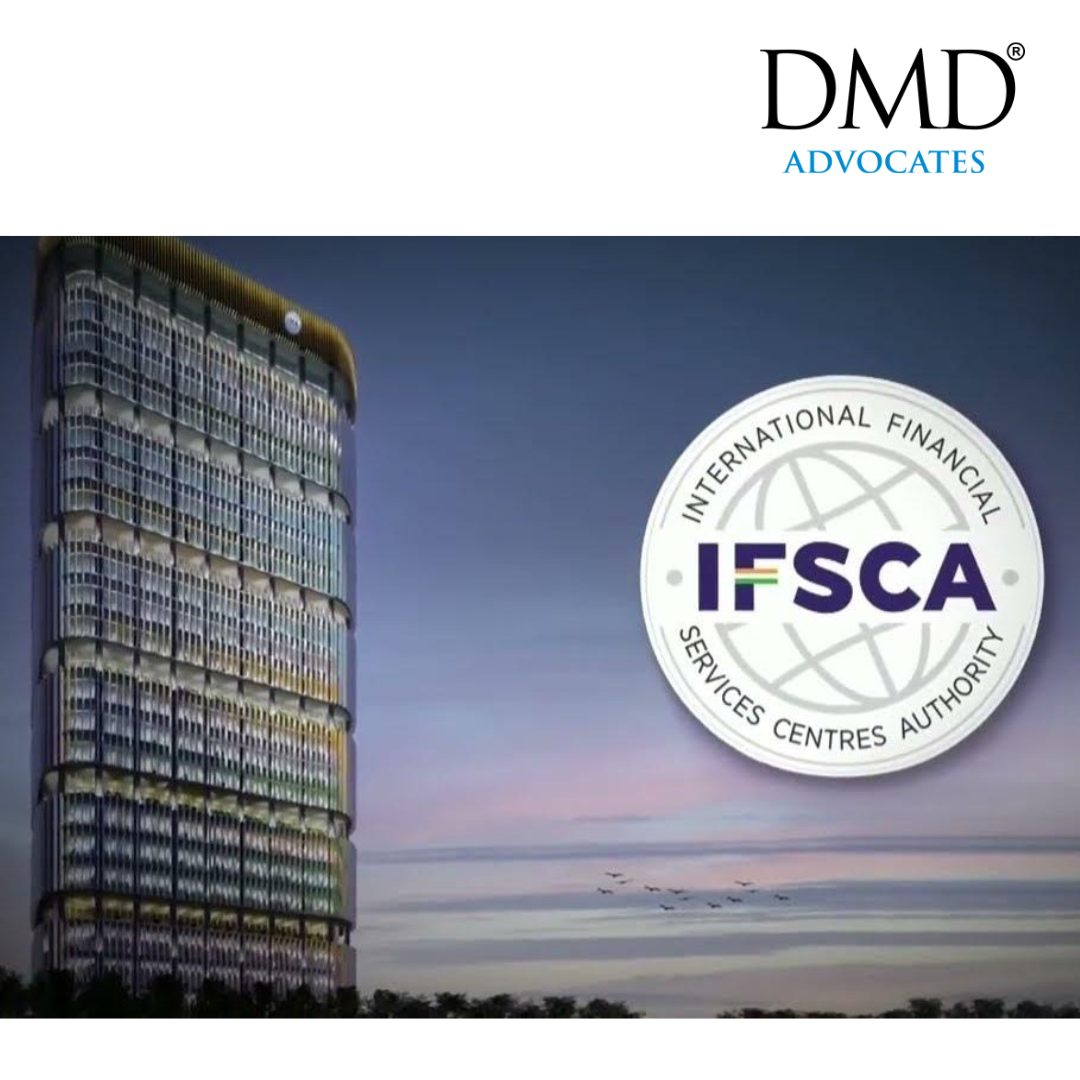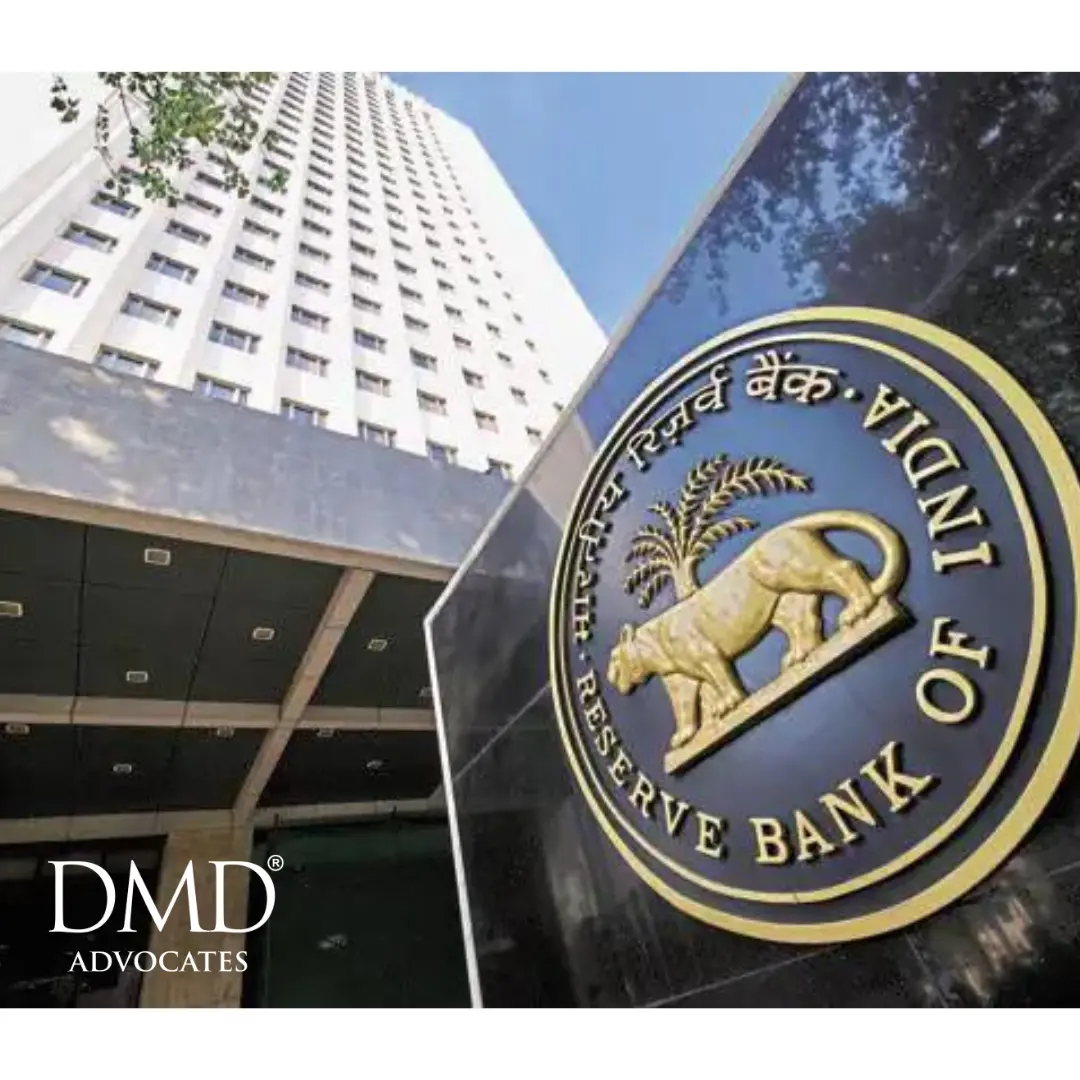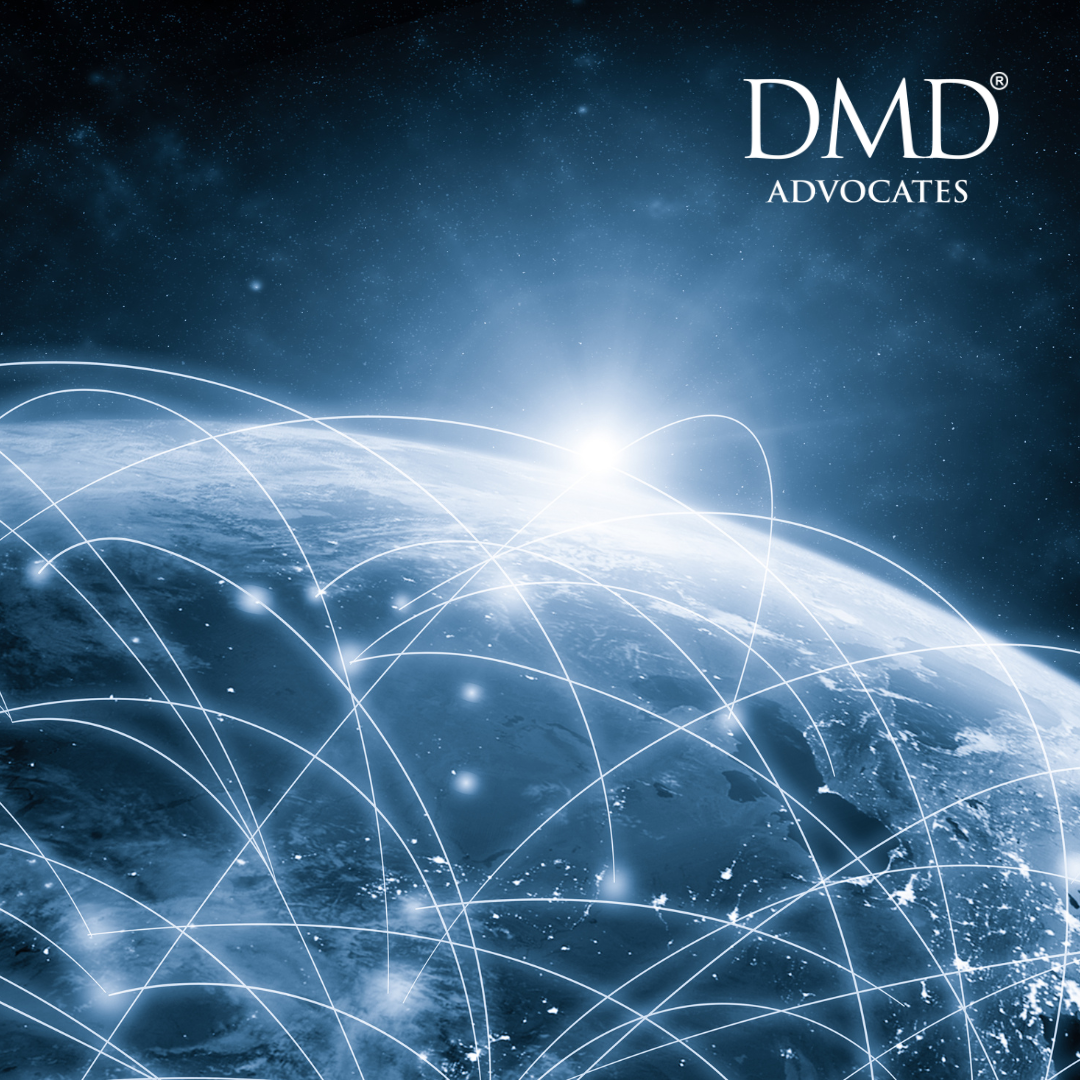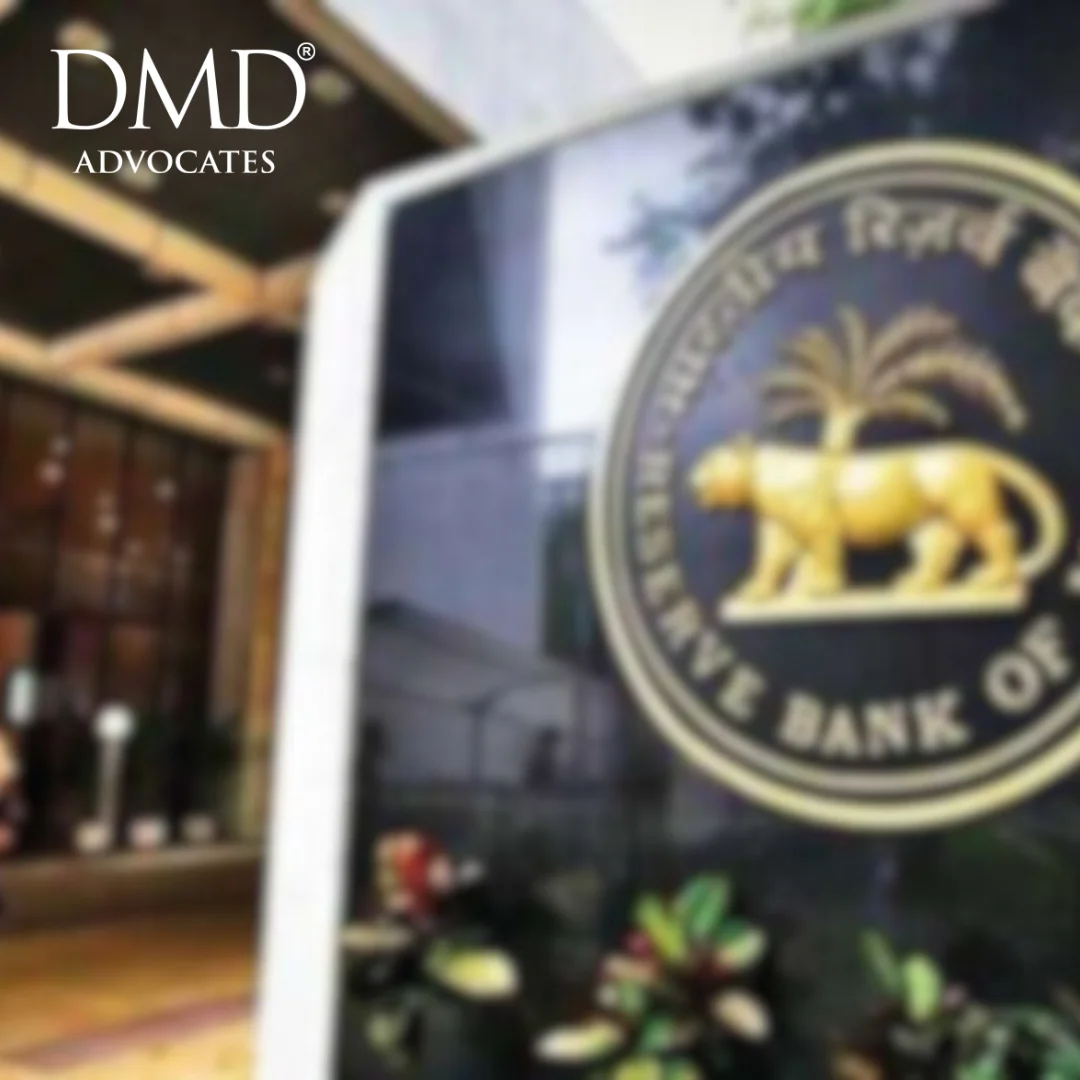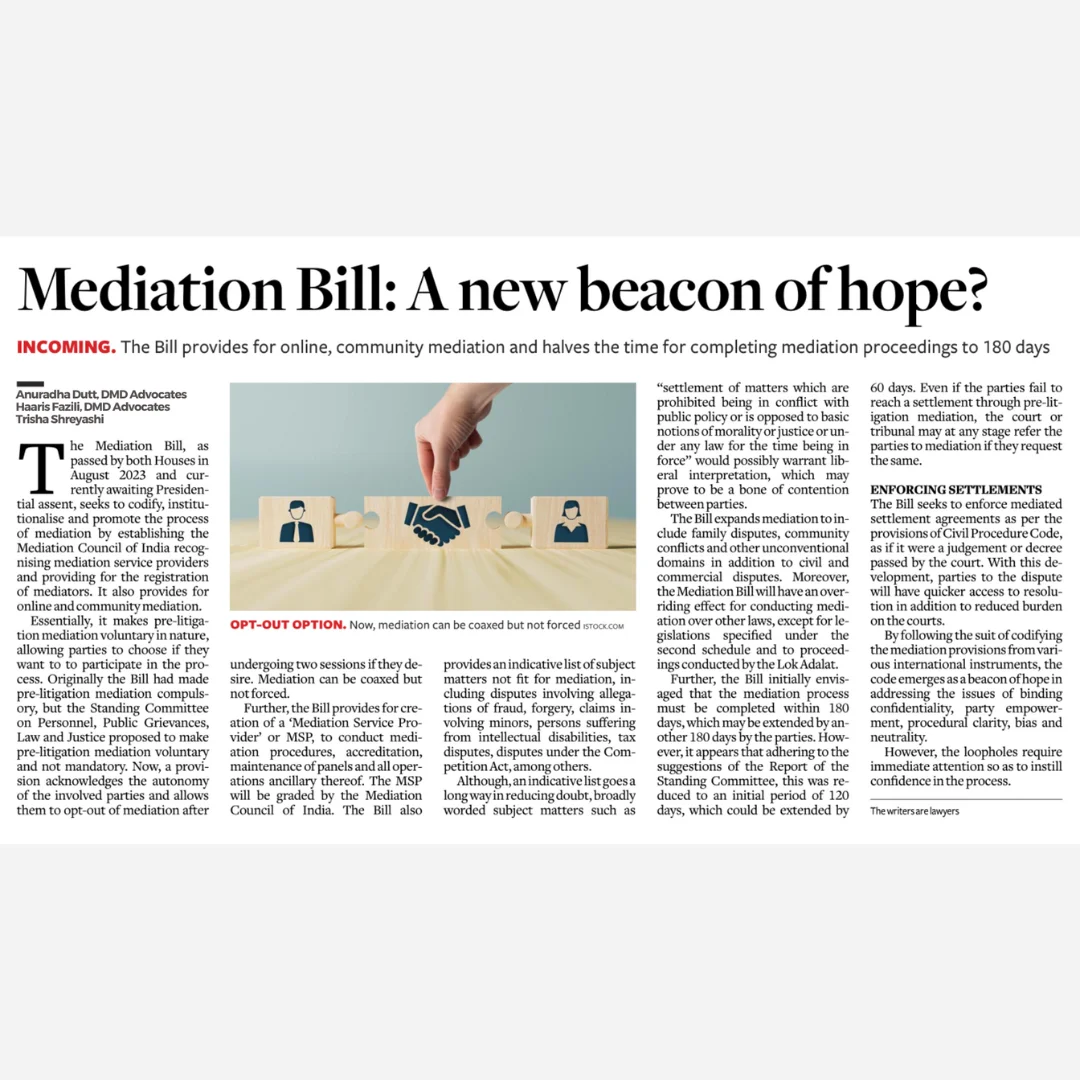Publications
SEBI Introduces Stricter Governance Norms for High Value Debt Listed Entities under Amended Regulations
02 Apr 2025
- DMD Advocates
- Blog
What has happened?
The Securities and Exchange Board of India (SEBI) has introduced the SEBI (Listing Obligations and Disclosure Requirements) (Amendment) Regulations, 2025, effective from April 1, 2025. A significant addition is Chapter VA (Regulations 62B to 62Q), which establishes specific corporate governance norms for certain listed entities.
• Have only non-convertible debt securities listed.
• Possess outstanding listed debt securities valued at ₹1,000 crore or more as of March 31, 2025.
• Do not have any listed specified securities (e.g., equity shares).
These entities are termed “High Value Debt Listed Entities” (HVDLEs). The provisions apply based on the outstanding debt as of March 31, 2025, regardless of the notification date. If an entity surpasses the ₹1,000 crore threshold during a financial year, it must comply within six months. Once applicable, the regulations remain in effect for three consecutive financial years, even if the outstanding debt falls below the threshold during this period.
Why has this happened?
The introduction of Chapter VA aims to enhance corporate governance among entities with substantial debt listings. By focusing on HVDLEs, SEBI seeks to ensure that companies with significant public debt adhere to rigorous governance standards, thereby safeguarding investor interests and promoting transparency.
Key Takeaways:
Enhanced Governance Standards: HVDLEs are now subject to specific corporate governance norms, such as:
Board of Directors: Must have a balance of executive and non-executive directors (at least 50% non-executive and one-woman director) with a certain proportion of independent directors depending on the chairperson’s status. Requires shareholder approval for appointments and continuation. Must meet at least four times a year. Plans for orderly succession are necessary. Independent directors must be evaluated annually.
Committees:
• Audit Committee: Minimum three directors (two-thirds independent, all financially literate, one with expertise), an independent chairperson, meets at least four times a year.
• Nomination and Remuneration Committee: Minimum three non-executive directors (two-thirds independent), independent chairperson, meets at least once a year.
• Stakeholders Relationship Committee: Minimum three directors (one independent), non-executive chairperson, meets at least once a year, addresses debenture holder grievances.
• Risk Management Committee: Minimum three members (majority board members, one independent), board member as chairperson, meets at least twice a year, and may oversee cybersecurity.
Ancillary provisions:
• Vigil Mechanism: A whistleblower policy must be established.
• Related Party Transactions: A policy on materiality is required. Transactions exceeding a threshold require audit committee approval (only independent directors can approve) and potentially Debenture Trustee NOC and shareholder/debenture holder approval.
• Unlisted Material Subsidiary: At least one independent director from the HVDLE board must be on the subsidiary’s board. The audit committee will review the subsidiary’s financials.
• Reporting: Mandatory secretarial audit and submission of a secretarial compliance report. Periodic corporate governance compliance report is also required.
• Independent Directors: No alternate directors, tenure as per Companies Act, special resolution for appointment/removal, annual declaration of independence, mandatory D&O insurance.
• Employee Obligations: Limits on committee memberships, senior management to disclose potential conflicts of interest.
• Key Managerial Personnel Vacancies: Must be filled within three to six months.
Who will it impact?
Investors and Stakeholders: The regulations aim to provide greater transparency and accountability, bolstering investor confidence in HVDLEs.
Regulatory Bodies: SEBI and related authorities will oversee compliance, necessitating potential adjustments in monitoring and enforcement mechanisms.


